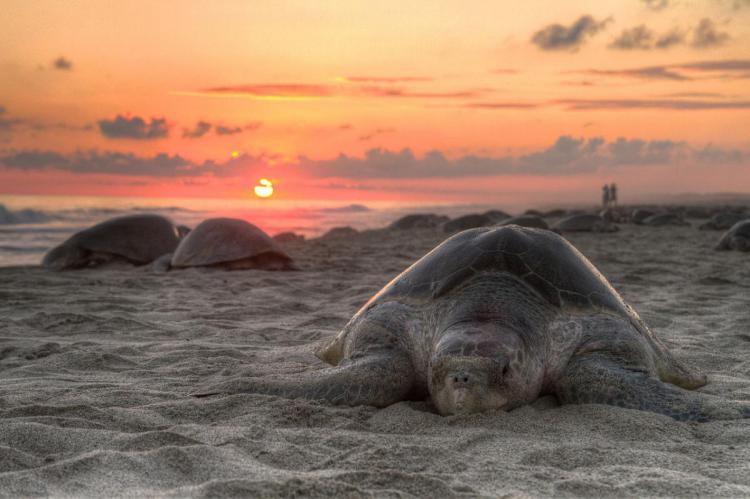1 minute
Why and how do turtles migrate?
Experiences as little hatchlings adrift in ocean currents have a huge influence on how turtles migrate. A simple mechanism, juvenile passive drift, can explain the ontogeny of some of the longest migrations in the animal kingdom and ensure that adults find suitable foraging sites.
By combining satellite tracking data on adult turtles with models of how the world's sea water moves researchers from Helmholtz Center for Ocean Research in Kiel, Germany have showns that locations encountered in the earliest years are a powerful draw.
If these foraging sites are favourable and not too distant, the turtles will swim directly back to them as adults, time and time again. Conversely, If they are not suitable locations, the adults may simply not undertake migrations and just feed in the open ocean.


